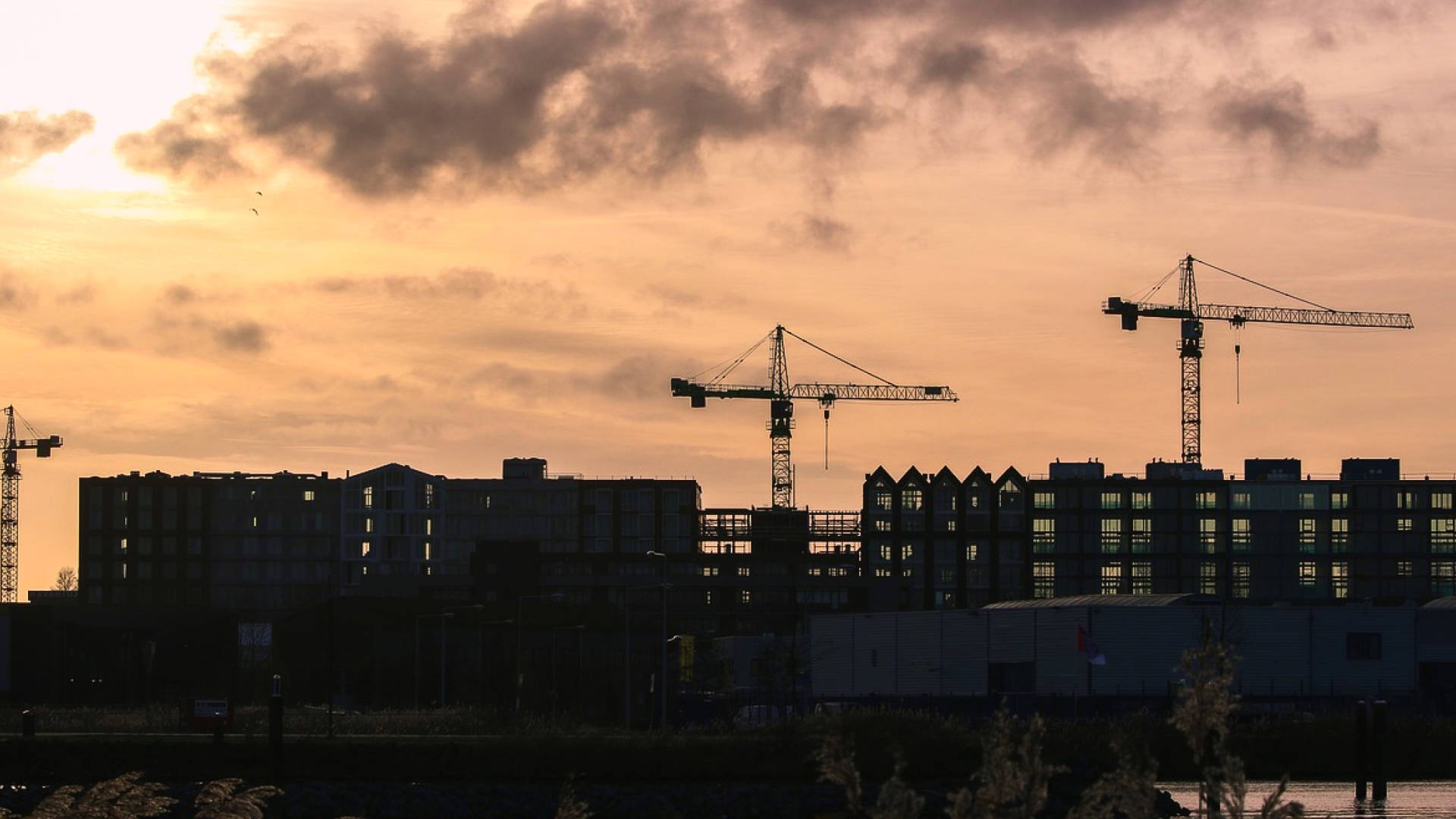
Leaseholder Protections
Latest
-
This consultation seeks views on the design and implementation of the building safety levy, which will apply to certain new residential buildings requiring building control approval in England.
The Building Safety Act 2022 introduced powers to impose a levy on certain new residential buildings in England, to raise revenue to be spent on building safety.
The government carried out a consultation on the levy which closed on 7 February 2023. The results of that consultation have been published online. Feedback from that consultation was used to develop the proposals outlined in this consultation, which provides a greater level of detail on the operation of the levy. This consultation covers:
· methodology for levy calculation
· the collection process
· disputes and appeals
· further exclusions
This consultation closes at 11:59pm on 20 February 2024
Access it here.
- Building Safety Act
- Consultation & Government Responses
-
On 23 November 2023, DLUHC announced that deadline for applications to the Waking Watch Replacement Fund were extended to midnight 31 March 2024.
The purpose of the fund is to help leaseholders by covering the cost of installing a common alarm system in accordance with the recommendations of BS 5839-1 for a Category L5 system, on a building of any size, where a waking watch is in place.
This fund was designed to build on the original £35M Waking Watch Relief Fund (WWRF) that was brought into place for high rise buildings above 17.7m in height, due to unsafe cladding.
Read more about the Waking Watch Replacement Fund here.
- Building Safety Act
-
The Property Institute was one of a number of stakeholders who flagged what appeared to be a rather obvious error with section 119 of the Building Safety Act 2022. As agents will know, where a lease is extended, by operation of law the original lease is surrendered and a new lease is then granted. The original drafting of section 119 explained that a qualifying lease had to be held at the qualifying time, i.e. 14th February 2022. This meant that if a qualifying leaseholder extended their lease, that they surrendered their existing lease and were granted a new lease. As the new lease will not have been granted before 14 February 2022, the statutory leaseholder protections in the Building Safety Act 2022 could not apply.
DLUHC proceeded to update their guidance, indicating that they were “..looking to legislate to resolve this issue as soon as Parliamentary time allows”. We now have the legislation in the form of the Levelling-up and Regeneration Act 2023, which received Royal Assent on 26th October.
Section 243 of the Levelling-up and Regeneration Act 2023 inserts a new section 119A into the Building Safety Act. It introduces the concept of a “connected replacement lease”. A connected replacement lease will also be a qualifying lease where the new lease replaces a qualifying lease.
This new provision will have retrospective effect. This means that any losses of qualifying status will be reversed.
The new provision will come into force at the end of the period of two months beginning with the day on which the Act is passed (i.e. 26th December 2023).
- Building Remediation
- Leaseholder Protections
-
This guidance provides stakeholders with a plain-English explanation of the implications of the latest leaseholder protections amendments in the Building Safety Act 2022.
Introduction
1. Since the leaseholder protections came into force in the summer of 2022, DLUHC has engaged extensively with leaseholders, landlords and others affected, such as lenders and conveyancers, to monitor compliance with, and the operation of, the Building Safety Act (the Act) and the leaseholder protections.2. The Building Safety (Leaseholder Protections etc.) (England) (Amendment) Regulations 2023 (SI 2023/895) (referred to in this guidance as “the amending regulations”) make amendments to The Building Safety (Leaseholder Protections) (England) Regulations 2022 (SI 2022/711) and The Building Safety (Leaseholder Protections) (Information etc.) (England) Regulations 2022 (SI 2022/859) to ensure they have effect in the way originally intended.
3. The amending regulations are an important step in improving the implementation of the leaseholder protections and provide further detail.
Click here to read the full guidance.
- Building Remediation
- Leaseholder Protections